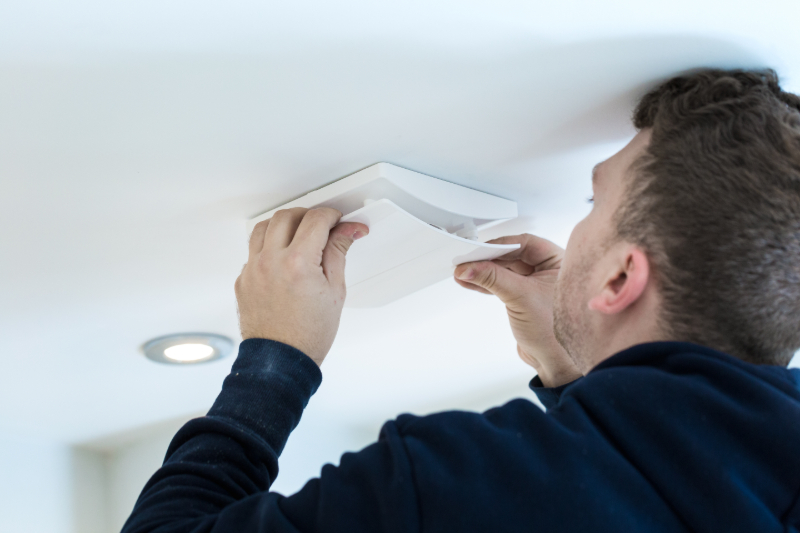
Ventilation installers are being encouraged to move away from installing intermittent flow fans and instead fit continuous flow fans.
Nick Higgs, National Sales Manager at Elta Trade, part of Elta UK, said: “Intermittent flow fans have been the status-quo for many years, fitted in rooms such as bathrooms and ensuites and only working when occupants take a shower or bath. However, quite often, the level of extraction is not enough, especially with homes being more insulated, keeping moisture trapped inside.
“Ventilation installers can recommend continuous flow fans whenever there’s a job that requires replacing an intermittent flow fan, or an installation in a new home or for bathroom redesign projects. Continuous flow fans can dial up and down their performance to better extract moist, stale air at all times, reducing the chance of damp and mould growth.”
When fitting ventilation solutions, Nick stresses that compliance with Part F of the building regulations is key, and ventilation installers can refer to Approved Document F for guidelines on minimum ventilation rates for domestic dwellings.
“Part F now covers both the air flow requirements, and the installation standards required for best practice,” says Nick. “Installers absolutely have to be qualified to install ventilation products, but they also have to follow the correct standards as outlined in the document. This is to ensure the performance of the ventilation method is maximised and the designed air flow requirements are achieved.“
Nick highlights that ventilation installers can confidently meet Part F requirements by fitting larger, more powerful units, such as Elta’s recently launched DEXA 150 continuous flow fan.
“We’ve launched the DEXA 150 because not many manufacturers are producing fans in this category, yet we view it as essential given how homes are becoming more and more airtight. The DEXA 150 provides increased air flow, flexibility, durability, and performance, all while being easy to install. It is the air movement solution that contractors and specifiers need to meet today’s ventilation challenges and tomorrow’s regulations.”

